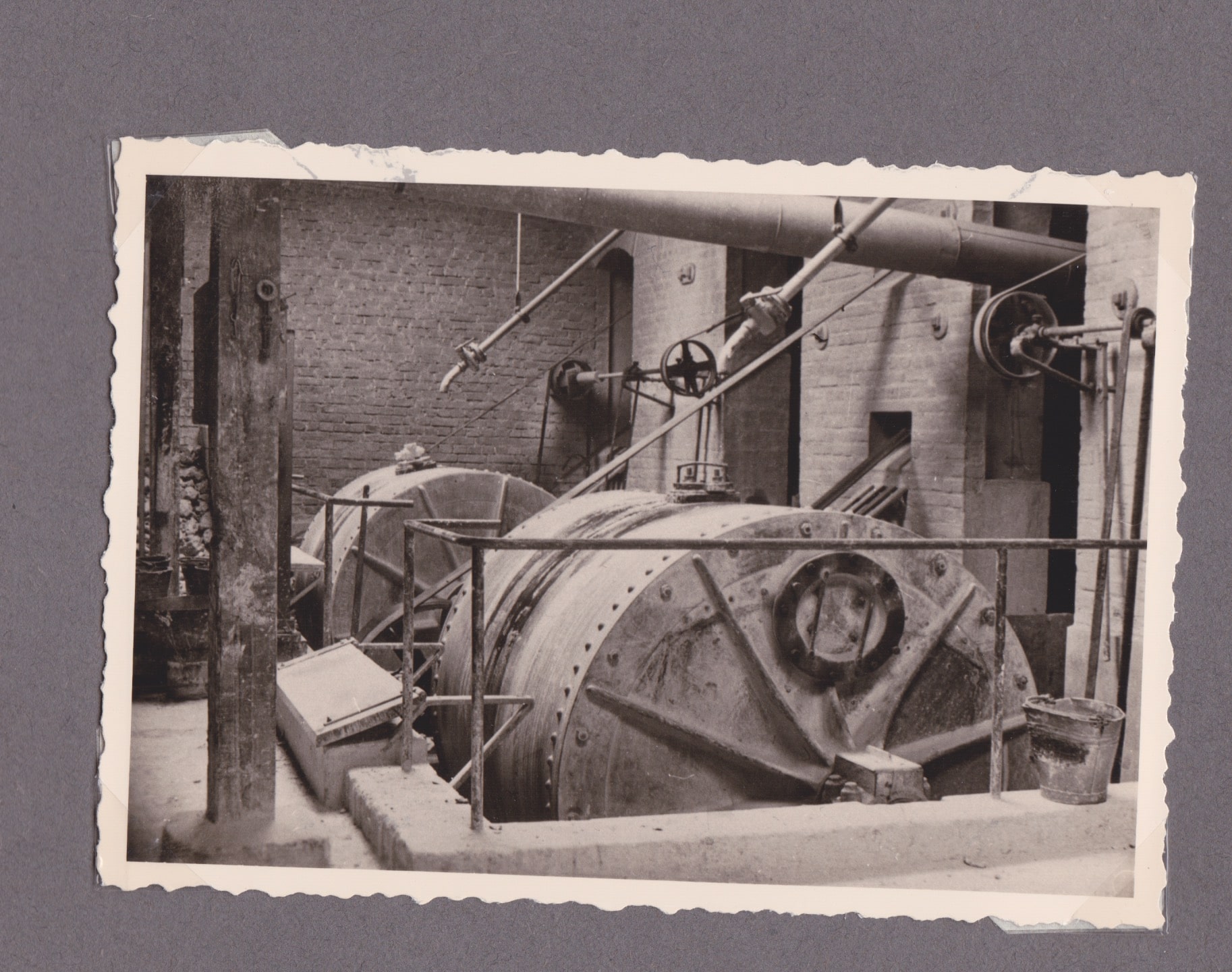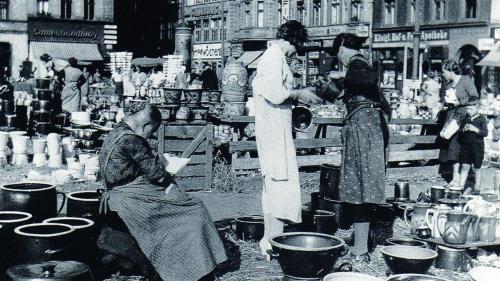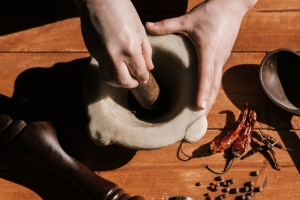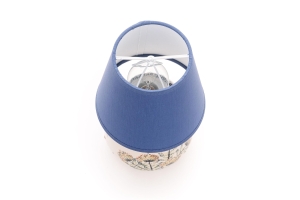History of Polish Pottery: What Is the Origination of the Iconic Boleslawiec Stoneware of Poland?

History of Polish Pottery: What Is the Origination of the Iconic Boleslawiec Stoneware of Poland?
Photo by SwapnIl Dwivedi on Unsplash
Polish pottery has a fascinating history. The iconic Boleslawiec stoneware of Poland is a testament to the legacy of the ancient civilizations that have shaped its development.
Rich in tradition and rooted in centuries of artistic heritage, this unique form of pottery has captured the hearts of collectors and enthusiasts around the globe.
In this article, we delve into the captivating history of Polish pottery, tracing its roots back to the small town of Boleslawiec in Poland. We also explore the techniques and traditions that have made it a beloved symbol of Polish culture.
From its ancient origins to its modern influence, it is a timeless piece of art that will continue to captivate the hearts of many.
So, prepare to embark on a journey through time as we unveil the remarkable tale behind the allure and beauty of Boleslawiec stoneware.
The Ancient Ware Cultures
Stroke Ornamented Ware
The origins of Boleslawiec Polish pottery can be traced back to the Stroke Ornamented Ware Culture (STK). It is a culture that flourished in the Silesia region of Poland over 7,000 years ago. It was known for its advanced pottery techniques and distinctive designs.
Their vessels had a pear-shaped design and a large band adorned with strokes in the form of contiguous A's. The pottery also had a distinctive glossy surface, indicating possible glazing during the firing process.
Today, this traditional folk art is still alive in Boleslawiec, Poland. Pottery is produced using the same age-old techniques and designs passed down through generations.
It's an amazing thing to witness, as it offers a glimpse into the past and celebrates the craftsmanship of the people from this region.
Pomerelian Face Urn
The Pomerelian Face Urn Culture is an ancient art form that dates back centuries. Skilled potters crafted these unique pottery pieces, each one carefully molded to represent a human torso with a bulbous base and a neck featuring a male face.
To add to the beauty of these creations, hat-lids were placed on top. They were frequently adorned with intricate solar motifs.
Some artisans even went a step further by painting scenes of hunting or chariot racing on the vessels.
The level of skill and attention to detail that went into creating these pieces is remarkable, given the basic tools and ovens used to fire them.
This Unikat pottery has left a lasting impression on modern-day Boleslawiec stoneware, which continues to be crafted in Silesia's famous pottery factory. The traditional techniques used, such as glaze application and high-temperature oven firing, have been passed down through generations.
Corded Ware
The Corded Ware Culture was a significant period in Polish pottery history, lasting between 3200 BC and 1800 BC. It was during this time that the art of pottery began to take shape in the country.
Such vessels as beaker-shaped and large round pots, known as Amphoras, were created during this period. They featured a unique tan or brown pottery with bands of dots around the surface.
This tradition set the stage for generations of potters to come. These potters would later develop the unique style of Boleslawiec stoneware that we recognize today.
This pottery is known for its distinctive designs and outstanding craftsmanship, both of which are rooted in centuries of pottery-making history that began with the Corded Ware Culture.
The ceramic tradition in Poland has been passed down and perfected over the years, and the Corded Ware Culture can be seen as its earliest form.
Even today, this ancient style continues to be celebrated in the form of Boleslawiec stoneware.
Boleslawiec in the Middle Ages
The Middle Ages (600 AD) was an era of great skill and creativity when it came to pottery. These times saw the emergence of masterful pottery in Boleslawiec.
This small town is renowned for its production of stoneware, a type of ceramic. Its origins trace back to 1202 when Bunslau was founded.
In 1492, it was destroyed in the Hussite Wars, only to be rebuilt and renamed Boleslawiec.
Revived for Royalty
The resilience of Boleslawiec can be seen through its enduring pottery tradition. Despite facing near destruction during the Thirty Years' War from 1618 to 1648, with its population dwindling from 600 to a mere 80 residents, Boleslawiec managed to rise from the ashes once again.
The potters of this resilient community rebuilt their town and began creating pottery fit for royalty around 1650. The reputation of their exceptional craftsmanship soon spread throughout Europe in the 1700s, solidifying Boleslawiec's status as a renowned center for pottery production.
The Beginning of the Modern Boleslawiec Tradition
In 1511, the first pottery Guild was formed in Boleslawiec, setting the foundation for what is now known as Zaklady Ceramiczne 'Boleslawiec' Manufaktura — a renowned producer of Boleslawiec stoneware.
The exquisite craftsmanship of the Middle Ages still lives on in the pottery produced in this small town.

Photo from Zakłady Ceramiczne “BOLESŁAWIEC”
The Great War
During the Great War, Boleslawiec's pottery industry was greatly impacted. The Bunzlauer cooperative, named after the German town of Bunzlauer and the color brown, continued to produce traditional stoneware during this time.
However, wartime constraints limited the artistic expression of the ceramic artists in the village. Their stoneware was primarily brown with white decorations. It lacked the vibrant colors and intricate designs the area is now known for.
Although creativity was hindered, motifs such as peacocks and other symbols continued to be present in their work. It provided a foundation for future advancements in the industry.
Despite the disruption caused by the war, the pottery of Boleslawiec has managed to maintain its unique identity and become a symbol of the area's culture and heritage.
1700s - 1800s
In the 1700s and 1800s, Bolesławiec stoneware pottery was at its peak.
This iconic Polish pottery is still produced today but with both traditional and modern techniques. The town is well-known for its distinct style and top-notch craftsmanship.
It all began with the bronze-glazed wheel-turned jugs in the early 1700s. Later, they were decorated with elastic overlays featuring biblical, heraldic, animal, or plant motifs.
In the late 1800s, Johann Gottlieb Altman ushered in a new era for Bolesławiec pottery. Prior to Altman's contributions, potters in Boleslawiec used traditional wheel techniques and brown earthenware clay to craft their pieces.
Altman recognized the need for change and introduced a new clay body known as stoneware. It resembled porcelain and offered greater durability.
This shift not only made the potter durable and high-quality but also allowed potters to be more creative in their designs.
Altman also replaced the lead-based brown glaze with a safer, more cost-effective feldspar-based clear glaze. This switch eliminated health risks and enhanced the visibility of intricate hand-painted designs.
Altman's introduction of casting techniques led to the creation of larger and more intricate pieces. It revolutionized the design and functionality of Boleslawiec stoneware.
To further improve efficiency and productivity, Altman introduced the use of reusable molds. It enabled potters to mass-produce their world-renowned Polish pottery with intricate designs, such as the iconic peacock pattern.
The same year, the Vocational School of Pottery was founded. It educated potters and popularized avant-garde shapes and decorations.
World War II
During World War II, Poland faced immense challenges, and the pottery industry was not exempt from the impact of the conflict. The German occupation of Poland from 1939 to 1945 had a significant effect on the production and distribution of Polish pottery, including the renowned Boleslawiec stoneware.
Despite the challenging circumstances, some potters managed to continue their craft clandestinely, often in hidden workshops or homes. These brave artisans risked their lives to preserve their cultural heritage and maintain a sense of normalcy amid the turmoil of war.
The Polish people's resilience and dedication to their cultural heritage enabled the survival of the pottery tradition.
After the war, with the liberation of Poland, the production of Polish pottery gradually resumed. The artisans of Boleslawiec recommenced creating their exquisite hand-painted pieces.
Photo by Karsten Winegeart on Unsplash
Polish Pottery Today
Nowadays, the village of Boleslawiec remains the center of Polish pottery. The pottery produced there showcases the skill of the artisans in hand-painting intricate designs on various dinnerware.
The artisans pay incredible attention to detail, making each decorative piece a true work of art. The bold and vibrant colors used in Polish pottery make each piece eye-catching and unique.
Yet, with its popularity comes the rise of fake or imitations of Polish pottery. To ensure your piece is authentic, check the bottom of the pottery. Each genuine pottery is stamped with a "Made In Poland" mark. Along it, you'll usually find the artisan's name or the manufacturer which the pottery came from.
Thanks to the efforts of generations of potters, the legacy of Boleslawiec stoneware is alive and well. It is a testament to the skill and dedication of Polish pottery makers throughout centuries of history.












Validate your login
Sign In
Create New Account